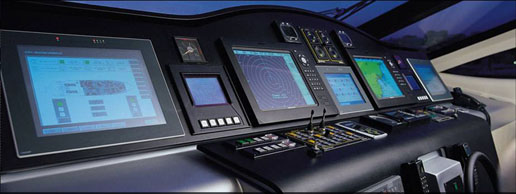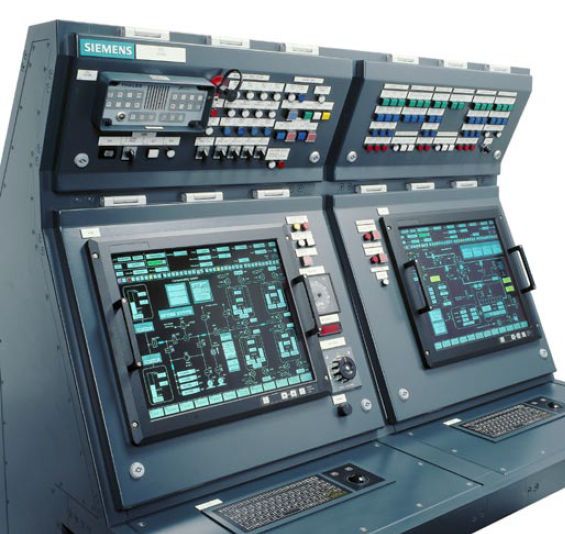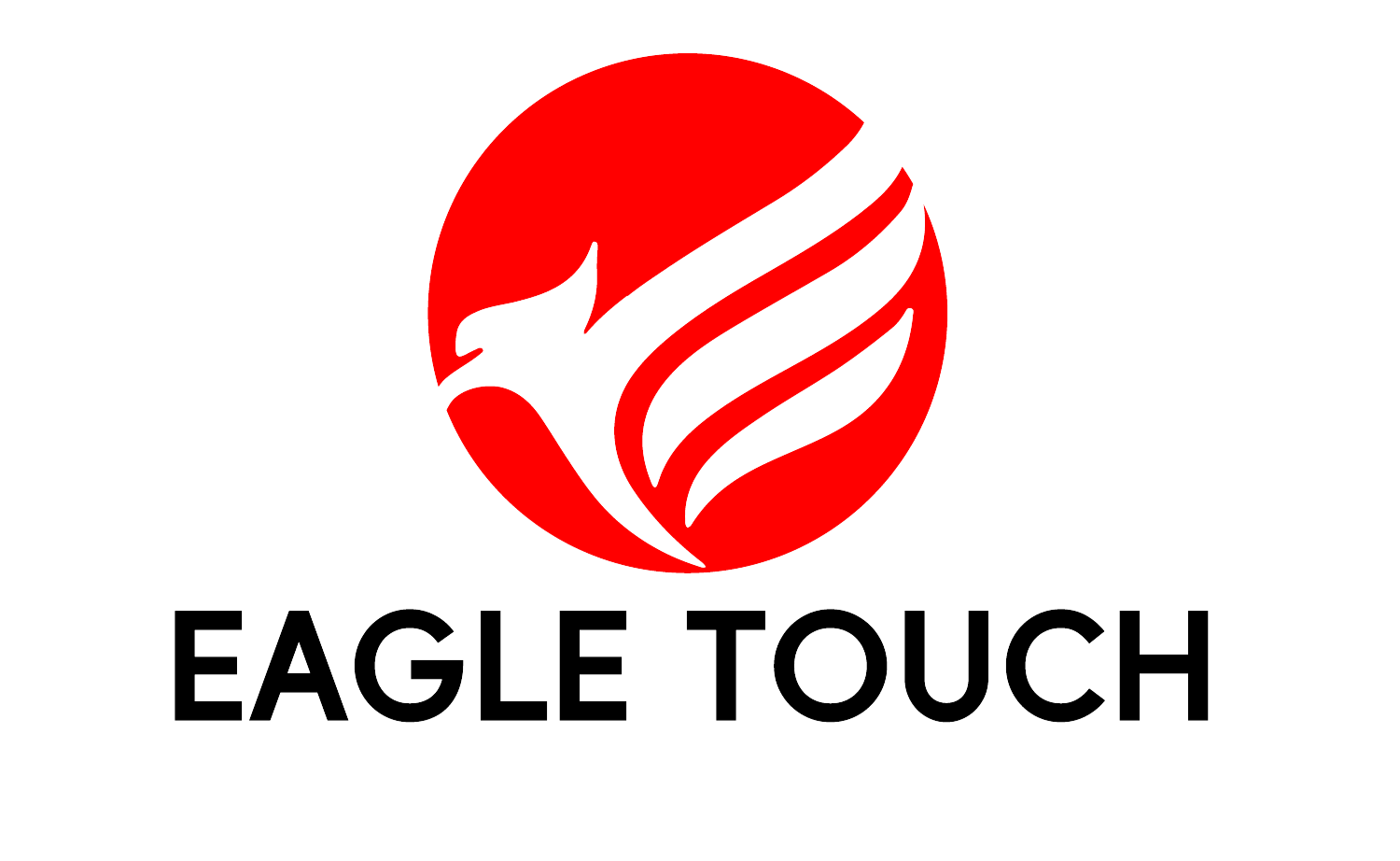
In the vast and ever-changing realm of the sea, modern sailors and ship operators are constantly on the lookout for advancements that streamline navigation and operations. My experience in touch technology has shown me the impactful transformation it brings to nautical operations. But why is this transformation not just impressive, but essential?
Touch screen technology, once a luxury, is now a pivotal tool in marine operations. The crisp, responsive displays have taken the helm, making sea navigation more accurate, swift, and reliable. This technology is not just enhancing the way we interact with machines; it’s redefining maritime exploration and safety.
Now, let your curiosity sail as we dive deeper into how touch monitors are changing the face of marine operations. Your journey to understanding the digital seascape begins here.
How Has Touch Technology Sailed In?
Navigation has shifted from the traditional compass and paper charts to sophisticated electronic systems. Touch monitors have become the centerpieces of these systems, offering seamless operation even with a sailor’s gloved hand.
Why Touch Monitors?
Traditional systems struggle to keep pace with the dynamic marine environment. Touch monitors bring efficiency, weather resistance, and a user-friendly interface that traditional methods cannot match.
How Do Marine Touch Monitors Work?
Marine touch monitors are designed tough to stand up to the ocean’s rough conditions. They’re built to be resistant to salt from the sea spray, waterproof to handle waves and rain, and sturdy enough to take a hit if things get bumpy. This means they keep on working even when they get wet or are banged around by the boat rocking on the waves. They provide a steady and dependable touch interface that sailors can count on, no matter if it’s sunny and calm or there’s a storm brewing. This reliability is crucial because, out on the sea, dependable equipment can mean the difference between smooth sailing and real trouble.

What Features Do Marine Touch Monitors Offer?
Marine touch monitors are more than just standard screens — they’re like the Swiss Army knives of the digital display world, especially crafted for the high seas. Here’s a breakdown of the kind of features these durable devices offer:
- Customizable Interfaces: You can tailor the screen layout to fit specific tasks, whether it’s for mapping out routes or checking on engine stats. This means you can set up the display to show the most important information for your voyage, all at a glance.
- Multi-Touch Functionality: Just like your smartphone, these monitors can handle multiple finger inputs at once. You can pinch to zoom in on maps or swipe through menus with ease, even when the boat’s bouncing over waves.
- Sunlight Readability: Glare is a big deal at sea. These monitors come with anti-glare coatings and brightness settings that are strong enough to cut through the sunlight, ensuring you can see the display clearly even on the brightest days.
- Water and Salt Resistance: They’re built to resist the corrosive effects of saltwater and to keep on ticking even after a good dousing with ocean spray or rain.
- Vibration and Shock Absorption: The open water is no place for delicate tech. These screens are shock-proof and can handle the constant movement and occasional jolts that come with life on a boat.
- Thermal Management: They can operate in a wide range of temperatures, from the freezing chill of arctic waters to the blistering heat of the tropics.
- Connectivity Options: They come with various ports and connection options to easily integrate with other navigation and operational systems onboard.
- Rugged Build for Longevity: Encased in tough materials, these monitors are built to last, often boasting certifications like IP (Ingress Protection) ratings for waterproofing and dust resistance, and MIL-SPEC (Military Specification) for overall endurance.
These monitors are essentially designed to address the unique challenges of the maritime environment, providing reliable and user-friendly operation to help keep vessels running safely and efficiently.
How Do Touch Monitors Integrate with Marine Systems?
They effortlessly connect with various marine systems, becoming the central point of interaction for navigation, control, and monitoring. For instance, integration with GPS and radar systems provides enhanced situational awareness.

Durability of Marine Touch Monitors
The rugged construction of marine touch monitors isn’t just about enduring a splash or two; they’re engineered to defy the relentless conditions of the maritime environment. Here’s what sets them apart:
- Impenetrable Protection (IP66 Rating): These monitors come encased in a shield that earns them an IP66 rating. This means they’re dust-tight and protected against heavy seas or powerful jets of water, enabling them to function in the dustiest ship holds or the wettest weather decks without missing a beat.
- Impact Resistance (IK10 Standard): To bear the IK10 standard is to be on the frontline of durability. This rating is the highest level of protection available against impact. It signifies that the monitors can take a punch – quite literally. Whether it’s a tool dropped during a rough patch at sea or the accidental knocks during daily activities, these screens are virtually invincible.
- Corrosion Resistance: Saltwater is notorious for its corrosive effects. Marine touch monitors are built with materials that resist corrosion, ensuring that the salty sea air won’t degrade their performance over time.
- Vibration Endurance: The constant hum of the engine and the erratic movements of a ship can be detrimental to electronic devices. These monitors are designed to absorb such vibrations and continue to operate flawlessly, whether you’re cutting through waves or chugging along in calmer waters.
- Extended Temperature Range: They are equipped to handle extreme temperatures. Whether the vessel is navigating the icy waters of the Arctic or the tropical heat of the Caribbean, these monitors maintain operational integrity.
- Sunlight Visibility: On deck, the glare of the sun can render screens unreadable. Marine touch monitors are crafted with high-brightness displays and anti-reflective coatings so that captains and crew can read the display under direct sunlight.
In essence, marine touch monitors are the technological equivalents of seasoned sailors – robust, unyielding, and consistently reliable, come rain or shine, gale or calm. Their durability is not just a feature; it’s the backbone of their design, ensuring that they serve faithfully as a vessel’s digital companion, no matter where the journey leads.
Navigating the Digital Waves
Even the sturdiest marine touch monitors encounter their share of challenges. Glare from the relentless sun, the intricacies of touch interfaces in turbulent conditions, and the demands of consistent performance in a salty, moist environment are but a few. Nevertheless, the sector is relentless in its pursuit of excellence, constantly innovating and overcoming these hurdles to keep these devices as indispensable allies of mariners across the globe.
Conclusion
The touch technology tide is high, and for maritime operations, it’s wise to sail with it. As we embrace this digital revolution, we not only navigate waters more efficiently but also ensure safety in the unyielding sea.





